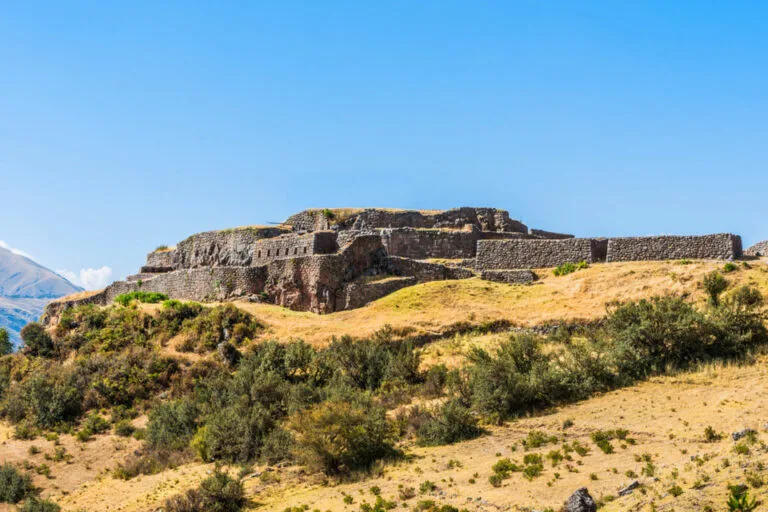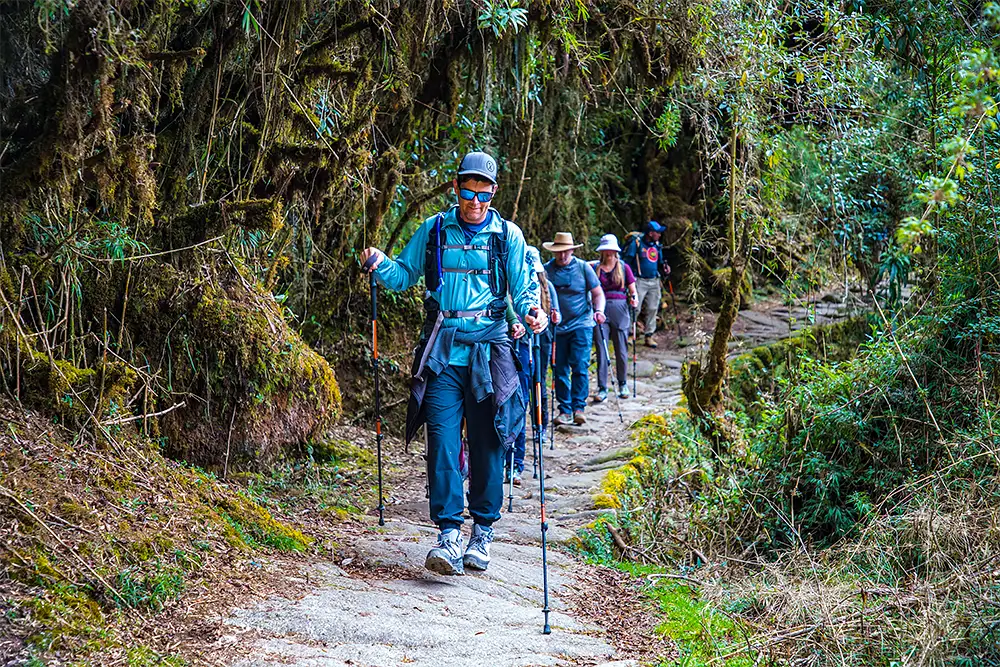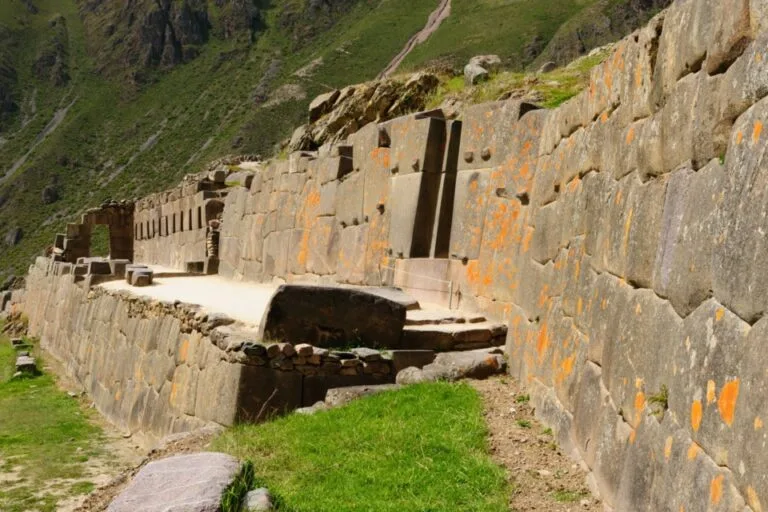Warmiwañusca, known as the "Dead Woman's Pass," is the highest point and one of the greatest challenges of the classic 4-day Inca Trail. This iconic mountain pass, situated at 4,215 meters above sea level, offers hikers a unique experience by combining physical effort, majestic landscapes, and a deep connection with Andean nature.
Although the ascent can be demanding, the reward is unrivaled: panoramic views of the surrounding valleys, open skies, and the satisfaction of having conquered one of the most emblematic points on the journey to Machu Picchu.
What is Warmiwañusca?
Warmiwañusca is a mountain pass on the Inca Trail, named for the shape of the mountain which, according to local legends, resembles a reclining woman. This site is known for its physical demands and symbolic importance, as it marks the highest point of the trail.
Conquering Warmiwañusca is considered a major milestone for hikers, marking the most difficult section of the journey. It is also a space for reflection, surrounded by breathtaking Andean scenery where nature is at its most powerful.
History and Significance of Warmiwañusca
The Warmiwañusca pass was part of the Qhapaq Ñan, the network of roads built by the Incas to connect Cusco with other parts of the empire. Despite its altitude and harsh conditions, the Incas used it as a key route for transporting goods, messengers, and pilgrims.
The name "Warmiwañusca" is steeped in local legend, referring to a woman who died at the pass, giving the place a mystical and spiritual aura. For modern trekkers, it represents both physical effort and personal achievement.
How to Get to Warmiwañusca
Warmiwañusca is located on the second day of the Classic Inca Trail, following an ascent of approximately 1,200 meters from the Ayapata campsite.
- Ascent from Ayapata: The trail to Warmiwañusca includes steep slopes and stone steps. Though challenging, the hike is lined with mountain views and shifting vegetation.
- Descent to Pacaymayo: After reaching the pass, the trail descends steeply to the Pacaymayo campsite, offering physical relief after the strenuous climb.
Highlights of Warmiwañusca
Panoramic View
From the pass, hikers enjoy spectacular views of the surrounding valleys and Andean mountains. It's a perfect place to pause, take photos, and absorb the grandeur of the landscape.
Physical Challenge
The climb to Warmiwañusca is one of the most demanding parts of the Inca Trail, testing hikers’ endurance and determination. Reaching the top brings a powerful sense of accomplishment.
Ecological Transition
As you ascend toward Warmiwañusca, you pass through various ecosystems—from cloud forest to high-altitude grasslands—offering a rich experience in biodiversity and changing landscapes.
Spiritual Connection
For many, Warmiwañusca is a place of reflection and spiritual awareness. The vastness of the surroundings and the effort required to reach the summit create a profound moment to appreciate nature and Andean heritage.
Tips for Facing Warmiwañusca
- Acclimate to the Altitude: Spend at least two days in Cusco or the Sacred Valley before starting the Inca Trail to adjust to the elevation.
- Go at Your Own Pace: Don’t rush; the climb is demanding and requires steady effort. Take breaks as needed.
- Bring Water and Energy Snacks: Stay hydrated and energized with dried fruit, energy bars, or nuts.
- Dress in Layers: Temperatures can vary dramatically. Wear light clothing for the hike and a warm jacket for the summit.
- Trust Yourself: Though difficult, conquering Warmiwañusca is achievable with determination and a steady rhythm.







